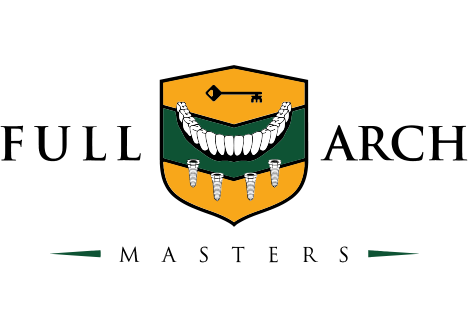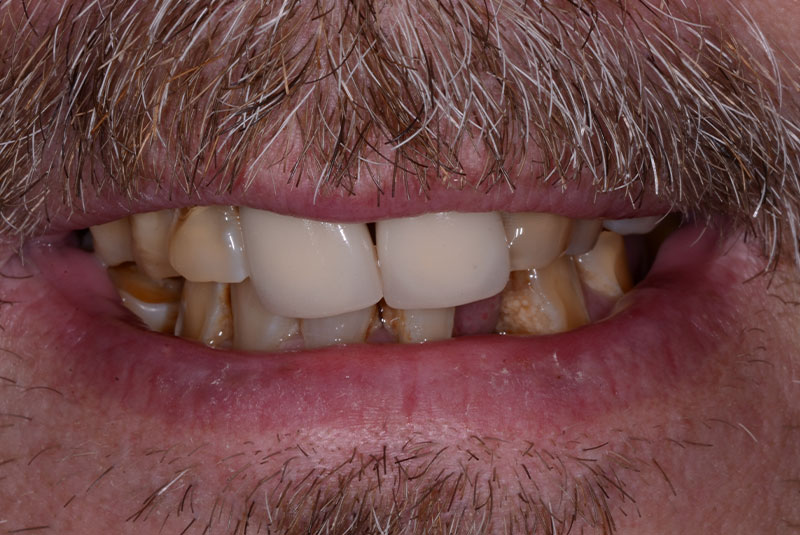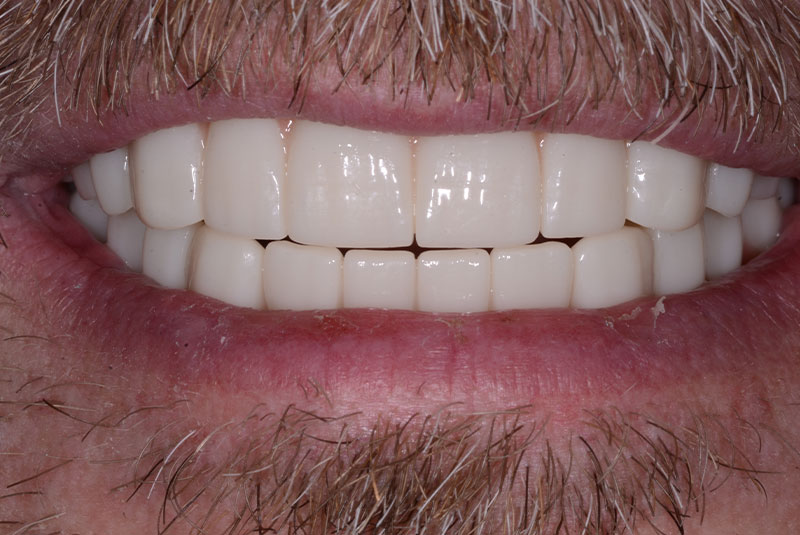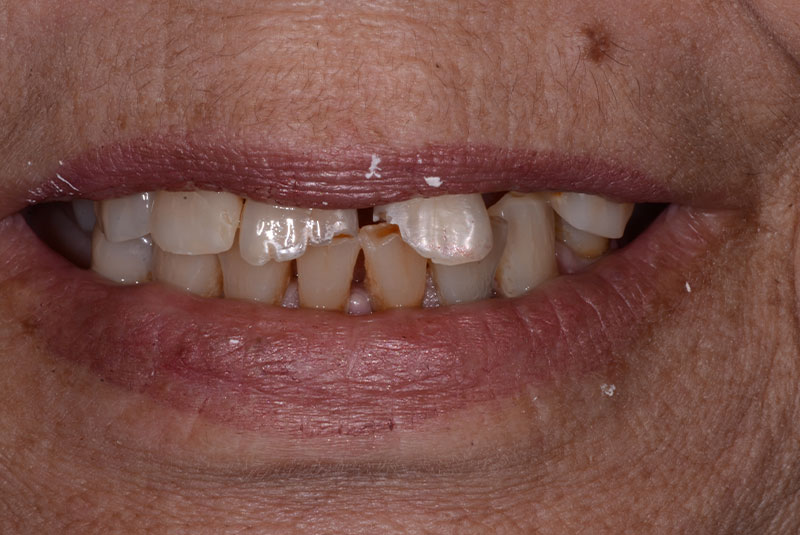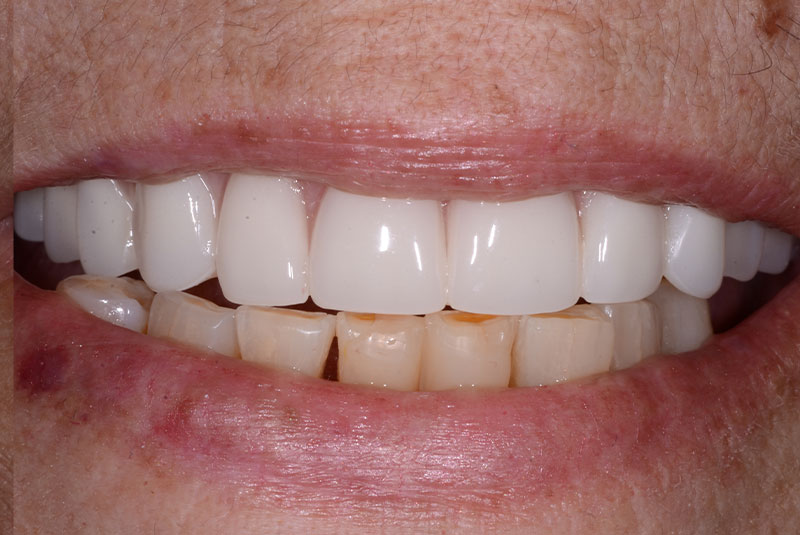

Dental Implant | Cosmetic Dentist- Covington, LA
From Routine Care to
Complex Procedures
At Magnolia Dental, we understand the importance of offering a full spectrum of dental services under one roof, providing convenience and continuity of care. From routine check-ups and preventive dentistry to advanced procedures such as dental implants and cosmetic smile makeovers, our dedicated team is equipped to address every aspect of your oral health.
With cutting-edge technology and a commitment to excellence, we strive to create a seamless and comfortable experience, ensuring you and your family receive the highest quality dental care in one convenient location. Your journey to optimal oral health starts here, where comprehensive and personalized dentistry meets your unique needs.
Meet the Doctors

High-End Care Without
the High-End Price Tag
Our Magnolia Dental team provides exceptional care that will be hard to find anywhere else. Our high-level clinicians combine outstanding services with state-of-the-art equipment to ensure you receive high-quality, premium care. By offering excellent care from every aspect of your visit, our clinicians work with you to prioritize your needs and give you the best, affordable service possible.
Our Patients tell the Story Best
See More StoriesTop-Notch Services for
Top-Notch Smiles

Dental Implants
Dental implants are durable, natural solutions for replacing missing teeth. Whether opting for single implants, dental bridges, or implant-supported dentures, this innovative procedure involves surgically placing titanium posts into the jawbone, providing a sturdy foundation for prosthetic teeth. Single implants cater to individual tooth replacement, dental bridges seamlessly bridge gaps between teeth, while implant-supported dentures offer a secure and functional alternative for those with multiple missing teeth.

Cosmetic Dentistry
Cosmetic dentistry focuses on enhancing the appearance of your smile, addressing concerns such as discoloration, alignment, shape, and size of teeth. Our personalized treatments include teeth whitening and veneers, each designed to achieve a more beautiful and natural-looking smile.
By combining art and science with advanced dental techniques, cosmetic dentistry can help boost self-confidence and improve overall aesthetics. Tailored to each individual, cosmetic treatments create stunning results that align with a patient’s unique facial features and personal goals.

Full Mouth Dental Implants
Full mouth dental implants represent a comprehensive and transformative solution for individuals with multiple missing teeth or those seeking an alternative to traditional dentures. This advanced procedure involves the surgical placement of numerous dental implants throughout the jaw, providing a secure foundation for a full set of prosthetic teeth. Full mouth dental implants offer enhanced stability and functionality and mimic the natural look and feel of teeth, significantly improving overall oral health and restoring confidence in one’s smile.

